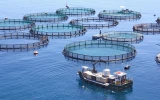3 Practical Tips To Reduce pH in Aquaculture (and Why)
The pH level of any aquaculture water greatly affects the health and well-being of the fish. For this reason, most aquaculturists will want to lower pH without overshooting. Luckily, there are a few practical tips to reduce pH in aquaculture using only chemicals and some inexpensive equipment.
Three practical tips to reduce pH in aquaculture include adding acidic buffers, controlling the growth of algae, and improving water quality by providing good aeration and circulation systems. Reducing pH in aquaculture is a helpful tool to maintain the good health, growth, and marketability of the fish.
You can create a more favorable environment for your fish using these techniques. In this article, you will also learn why taking the necessary steps to reduce pH is a must.
Summary
- The optimal pH level in an aquaculture system must be maintained within pH 6.5–9.0. Most fish farms have a pH range of 6.0–8.5, with 7.4 being the ideal level.
- To reduce pH levels in aquaculture, there are three practical tips you could employ: adding acidic buffers, controlling the growth of algae, and providing good aeration and circulation systems.
- Reducing the pH level in aquaculture has many benefits. It prevents the development of diseases that can be detrimental to the fish, promotes their growth, and increases their marketability.
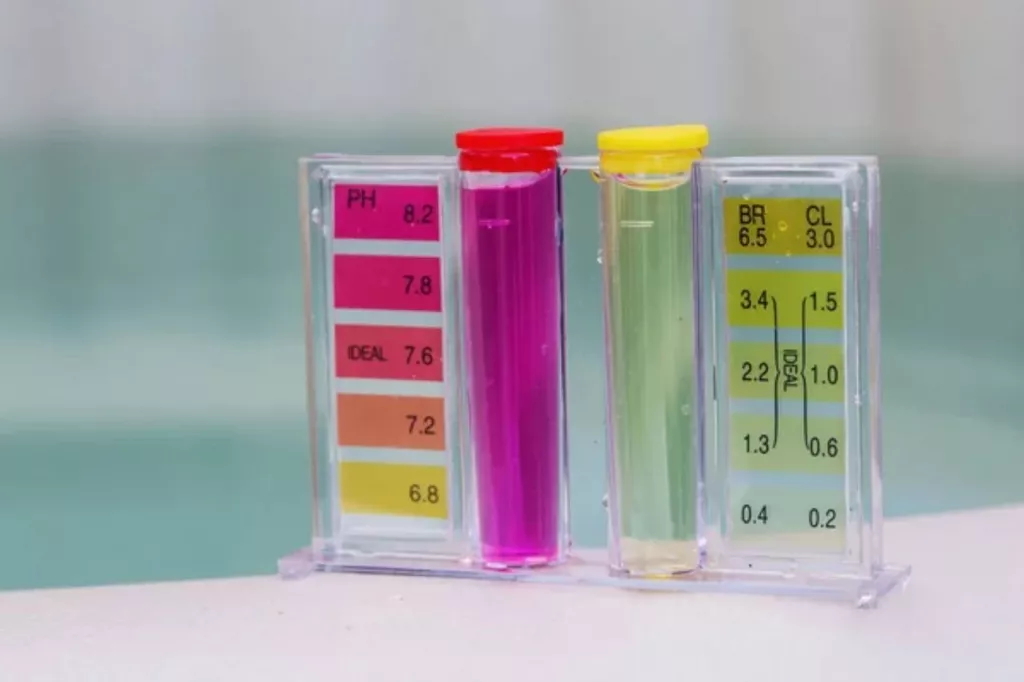
Here's How to Reduce pH in Aquaculture
The pH level of the most preferred water sources for fish farms ranges between pH 6.5 and 9.0. Although highly dependent on the species of fish being raised, most commercial farms aim to maintain a pH range between 6.0 and 8.5, with 7.4 being the ideal average.
In aquaculture, the pH levels in the water directly affect the health and well-being of the fish. A high pH can lead to various issues, such as diseases and decreased growth rates.
In the case of a high pH level in your setup, here are some practical tips you might want to consider that may help you reduce pH in your aquaculture system and maintain a healthy environment for your fish:
Use acidic buffers to reduce pH levels in your aquaculture system
The use of acidic buffers such as carbon dioxide (CO2) or sulfuric acid (H2SO4) can help reduce pH levels in your aquaculture system.
When these acidic buffers are added to the water, they react with the alkaline compounds present in the water (such as bicarbonate ions) forming weaker acids that will eventually release hydrogen ions (H+), which will lower the pH of the water.
Take note, however, that adding too much acidic buffer can lead to acidification of the water, which can be lethal for the fish. Therefore, you may want to monitor the water pH carefully to know how much acid buffer you need to add.
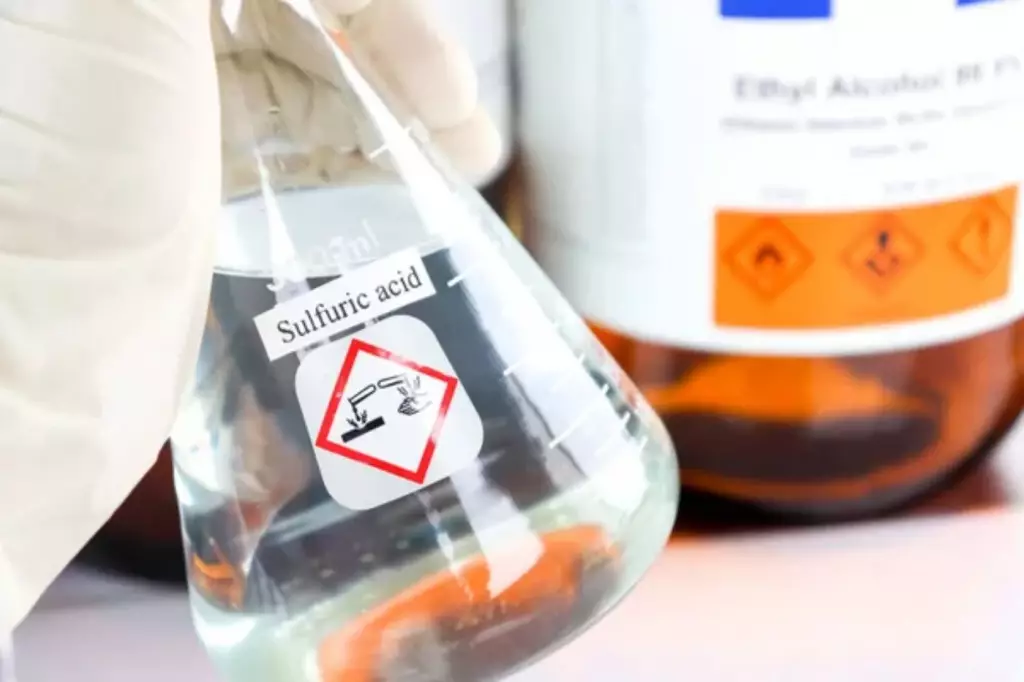
If you want to increase the CO₂ levels of your water, you can do it by adding organic matter such as cracked corn, soybean meal, or cottonseed meal. You could also use acidifying agents such as vinegar or soda water to lower the pH level.
Control algae growth to manage pH levels
Controlling algae growth in aquaculture can help reduce pH levels by limiting the amount of photosynthesis that occurs in the water. Algae produce oxygen during photosynthesis, which can cause the pH level to rise. This rise in pH can be harmful to fish and other aquatic organisms, as it can lead to the formation of ammonia and other toxic compounds.
To control algae growth, fish farmers typically resort to adding chemicals to inhibit algae growth, such as algaecides. Some common algaecides that are safe to use in aquaculture include copper sulfate, hydrogen peroxide, and sodium carbonate peroxyhydrate.
When using copper sulfate to reduce the pH level, you must first measure the alkalinity of the water. If alkalinity is less than 50 mg/L, do not add copper sulfate, as its toxicity may kill your fish.
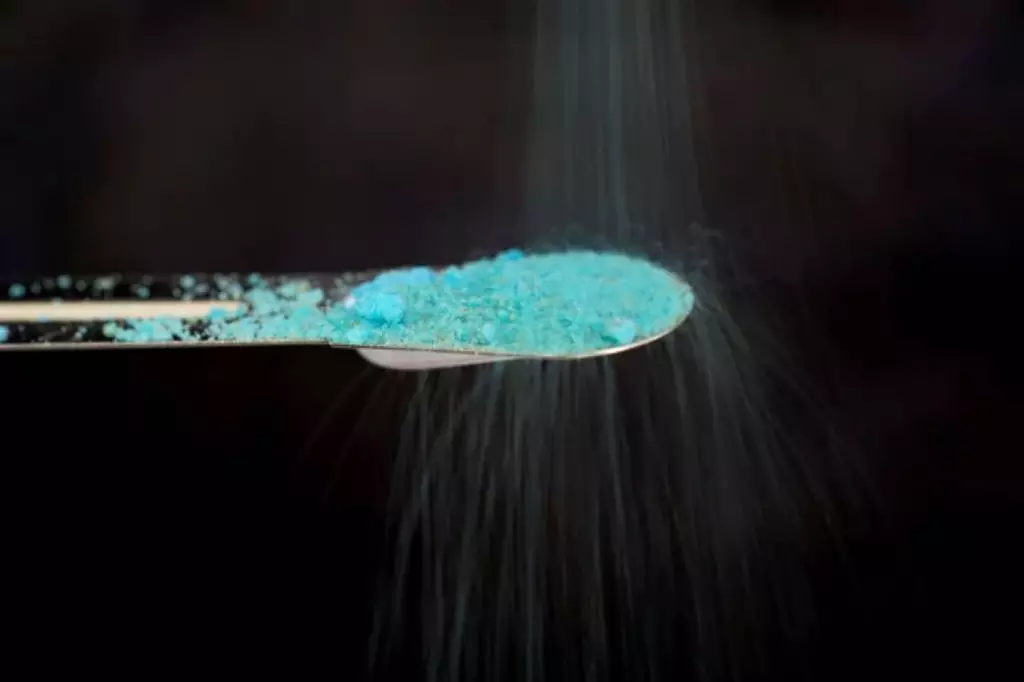
If you're hesitant about the use of chemicals to control algae growth because of their potential environmental impacts, you may opt to use shading devices like floating covers or strategically placed vegetation around the pond to reduce sunlight exposure, thus inhibiting algal growth.
Aeration and water circulation improve water quality to reduce pH
Aeration and circulation systems can help reduce the pH level of the water by increasing oxygen levels and promoting the growth of beneficial bacteria. When water is aerated, it increases the dissolved oxygen levels, which aid in the growth of nitrifying bacteria.
The nitrifying bacteria convert harmful ammonia and nitrite into less harmful nitrate. As they do this, they release hydrogen ions that can lower the pH level. Meanwhile, the circulation system ensures the distribution of oxygen and beneficial bacteria throughout the whole aquaculture setup.
An aeration system is a powerful piece of equipment when getting started with aquaculture. You may want to invest in an aeration system such as mechanical aerators like paddlewheel aerators, diffused air systems, or surface spray aerators that promote constant water agitation and oxygen exchange.
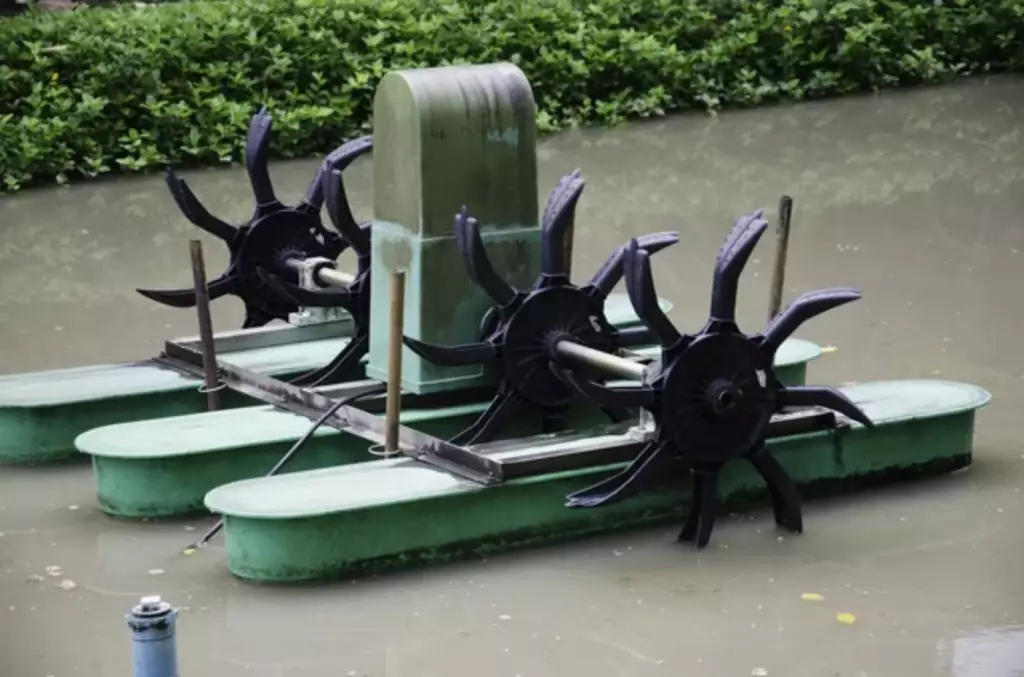
At the same time, you could try incorporating a water circulation system, like water pumps, to ensure regular water flow and avoid the buildup of waste or deleterious substances that could negatively affect pH levels.
Why Reduce pH in Aquaculture?
First, many aquatic species have specific pH requirements for optimal growth and health. If the pH is too high or too low, it can cause stress and even death in the fish or other aquatic organisms being raised.
Second, pH can affect the solubility of some elements and compounds. Extreme pH levels allow the faster dissolution of toxic chemicals, increasing the risk of absorption by aquatic animals.
Lastly, some treatments used in aquaculture, such as the use of hydrogen peroxide to treat fish for parasites or diseases, can also be affected by the pH level of the water. Hydrogen peroxide is more stable in low pH environments, as the acidification of the water can help increase the effectiveness of the treatment.
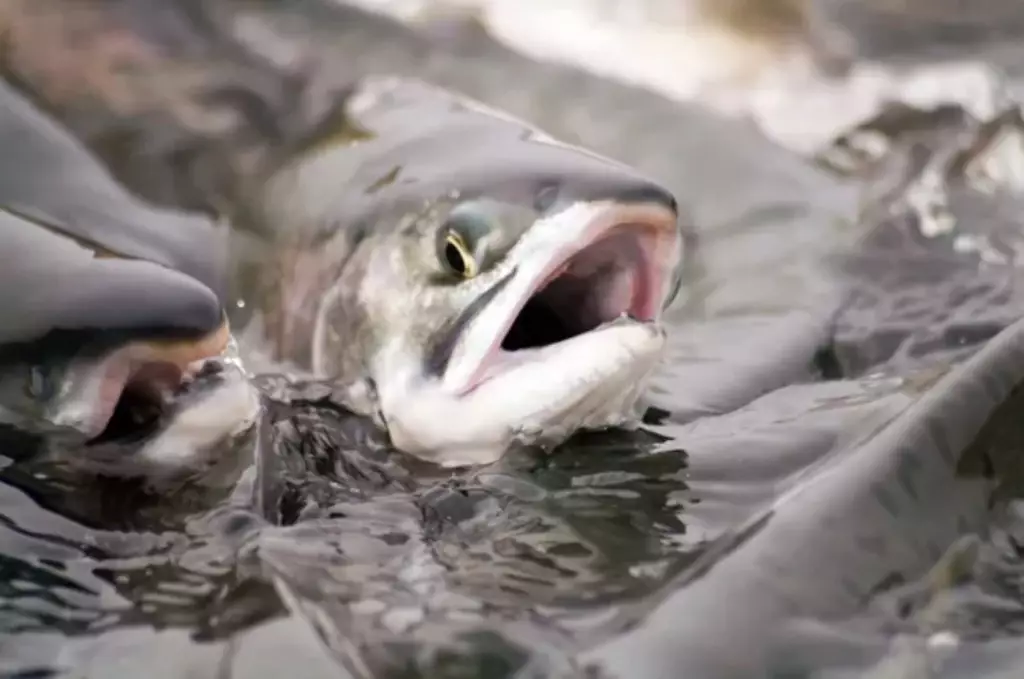
To make more sense of why you need to reduce pH in aquaculture, a few other reasons can be found below.
-
Reducing the pH can help prevent the growth of harmful bacteria and parasites that can cause disease in fish. Many harmful bacteria and parasites thrive in high pH environments, so reducing the pH can help create a less hospitable environment for these organisms, which can help prevent disease outbreaks in fish populations.
-
Reducing the pH can help reduce the amount of ammonia and other toxic compounds that can build up in the water, which can be harmful to fish and other aquatic organisms. High pH levels can cause ammonia to become more toxic to fish, and reducing the pH can help prevent ammonia toxicity and other harmful effects of toxic compounds in the water.
-
Lowering the pH can improve the efficiency of oxygen transfer, which is essential for the health and growth of fish. Oxygen transfer is essential for fish respiration, and maintaining a lower pH level can help improve the efficiency of oxygen transfer, which can help ensure that fish are able to breathe properly and grow healthily.
-
Reducing the pH can help improve the quality and flavor of fish, which can increase their market value. Some fish species are known to have better flavor and texture when they are raised in lower pH environments. This can help increase the market value of fish and make them more profitable for aquaculture operations.
